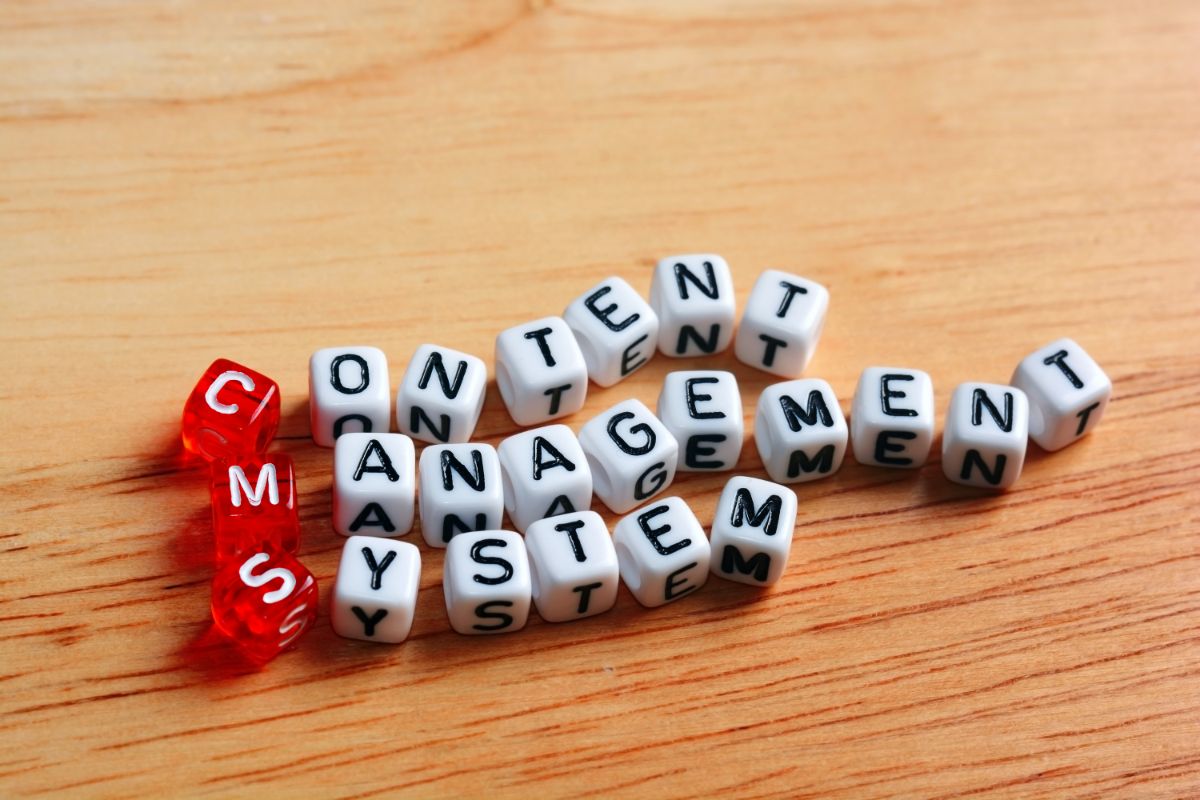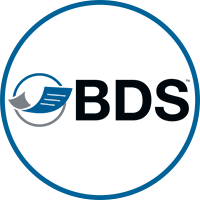Structured documents include forms, spreadsheets, and databases, while unstructured content can include PDFs, scanned documents, emails, and multimedia files.
A robust document and content management system (DMS and CMS) helps streamline document lifecycles, reduce manual processes, and ensure easy, secure access to critical information across your organization.
The Benefits of an Effective DCM Strategy
1. Improved Efficiency and Productivity
Searching for files in email threads or filing cabinets wastes valuable time. With a centralized document management platform, users can locate and access the necessary documents within seconds. Features like full-text search, tagging, version control, and access history make finding and managing content easier.
2. Enhanced Collaboration
Teams are often spread across multiple locations or work remotely. Document management systems enable real-time collaboration, allowing multiple users to view, edit, and comment on documents simultaneously. Version control ensures that teams always work on the most up-to-date file.
3. Compliance and Risk Management
Regulatory compliance is a growing concern across industries. If you follow HIPAA, GDPR, SOX, or other rules, a DCM solution can help you stay compliant. It provides audit trails, role-based access control, secure file storage, and retention policies. These features reduce the risk of data breaches and legal issues.
4. Cost Savings
Maintaining physical documents requires storage space, printing supplies, and labor. Transitioning to digital content management software significantly reduces these costs. Automating workflows, approvals, and document routing reduces administrative overhead and operational costs.
5. Disaster Recovery and Business Continuity
Paper files can be permanently lost in fires, floods, or cyberattacks. Cloud-based document management systems DMS provide secure backups and redundancy. This ensures your information management is recoverable, and your business can continue operating smoothly.
Key Features of a Document and Content Management System
Not all DCM solutions are created equal. When choosing an enterprise content management system, look for features that support your current and future business needs:
- Document Capture – Scanning tools, OCR (optical character recognition), and integrations that turn paper documents into searchable digital files.
- Indexing and Metadata – Tools to tag documents with relevant metadata, making them easier to organize and find.
- Access Control – Permissions and user roles to protect sensitive information.
- Version Control – Automatically track changes and maintain a history of document versions.
- Audit Trails – Monitor document access and changes for compliance and security.
- Workflow Automation – Tools to route documents through approval chains, alert users, and trigger actions.
- Mobile Access – Remote access to documents through mobile apps or web-based platforms.
- Integration Capabilities – Seamless connection with existing business systems like CRMs, ERPs, and collaboration tools.
Document Management vs. Content Management: What’s the Difference?
While the terms are often used interchangeably, document management and content management differ slightly in focus:
- Document Management focuses more on handling documents—primarily structured formats like contracts, forms, or reports.
- Content Management involves a broader range of digital assets, including web content, videos, blogs, and multimedia. It typically supports creating, storing, publishing, and archiving content across digital channels.
Many modern platforms offer hybrid solutions combining document and content management capabilities, giving businesses a unified approach to information handling.
Choosing the Right DCM Solution for Your Business
When evaluating document and content management systems, consider the following factors:
- Business Size and Industry Requirements – A small law firm may have different needs than a healthcare provider or a large manufacturing company.
- Scalability – Choose a system that can grow with your business.
- Security and Compliance – Ensure the platform aligns with your regulatory obligations.
- Ease of Use – A user-friendly interface will drive adoption and reduce training costs.
- Customer Support and Training – Look for vendors that offer robust support, onboarding, and training resources.
Implementing DCM: Best Practices
- Assess Your Current Processes: Determine how documents flow through your organization. Identify inefficiencies, redundancies, or security gaps.
- Engage Stakeholders Early: Get buy-in from department heads, IT, compliance officers, and end-users to ensure the system meets everyone’s needs.
- Develop Clear Policies: Establish rules for document naming, storage, sharing, and retention. These policies help maintain consistency and control.
- Train Your Team: A DCM solution is only as effective as its users. Offer comprehensive training and resources to support adoption.
- Continuously Review and Improve: Technology and business needs evolve. Regularly evaluate your system and processes to ensure they remain effective and aligned with your goals.
Technology & Features FAQs:
What are the key features of a document management system (DMS)?
A DMS includes document storage, indexing, search functionality, version control, access permissions, audit trails, and workflow automation.
How does version control work in a DMS?
Version control tracks document changes, allowing users to view, compare, or revert to previous versions to prevent data loss.
Can a DMS integrate with other software (e.g., CRM, ERP)?
Most DMS platforms integrate with tools like Salesforce, Microsoft 365, Google Workspace, and ERP systems.
Does a DMS support mobile or remote access?
Many cloud-based DMS solutions offer mobile apps or web access for secure document viewing and sharing anywhere.
Document and Content Management for Businesses
Document and content management is not just about going paperless. It’s about using all the information in your organization effectively. With the right strategy and tools, businesses can reduce costs, increase productivity, protect sensitive data, and collaborate more effectively.
If you are beginning your digital transformation, consider a good DCM solution. It can also help improve your current system. Investing in it is wise, bringing lasting value to your operation.






